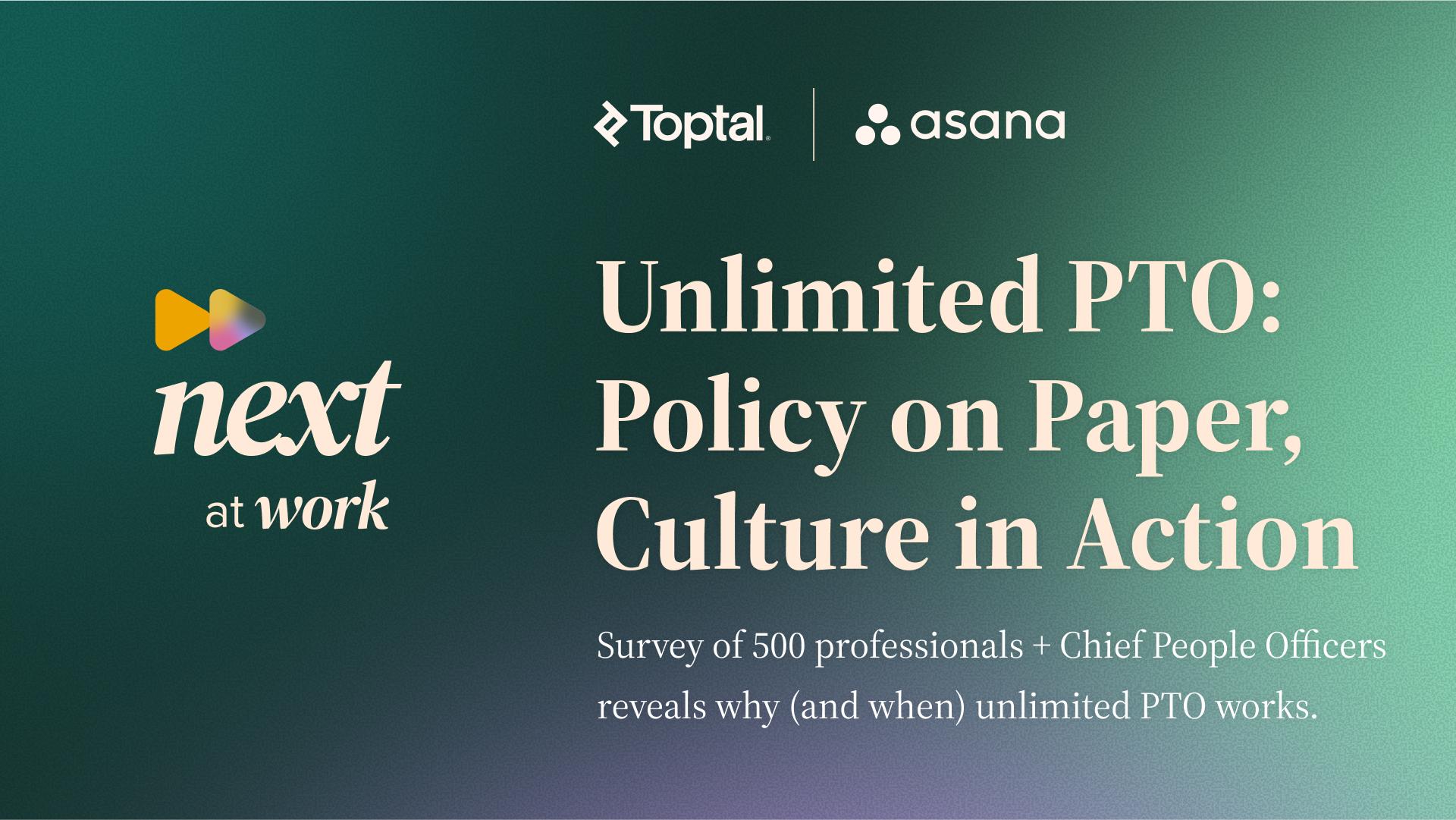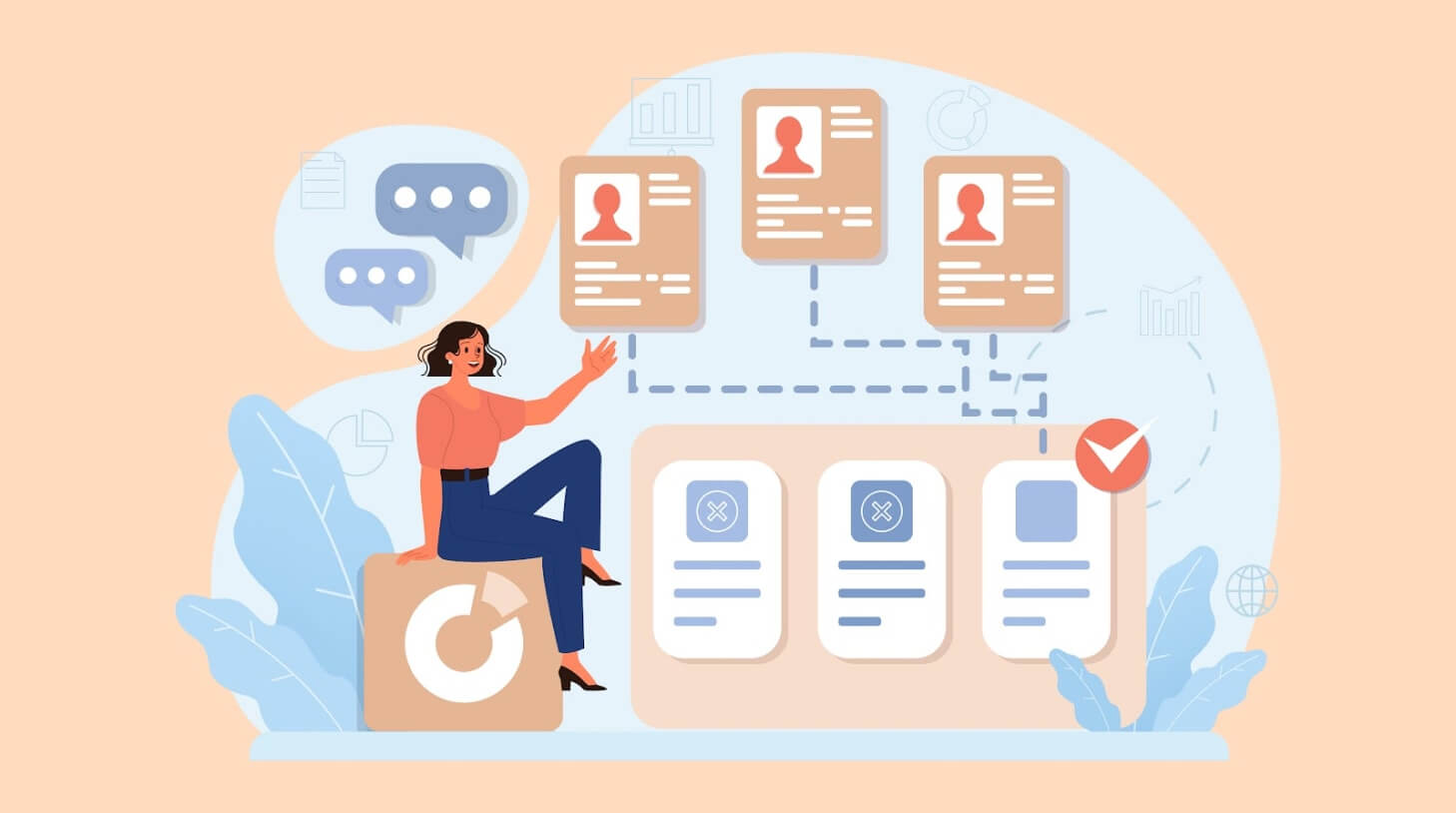Stand by me: employee retention strategies from the pros

Most companies realize when they hire someone that it’s not a solemn vow to be together forever. The generation of company men and women who spent the bulk of their working lives at one company has mostly retired. Today’s employees expect a more transient working life. The average worker now stays at a job for about four years. The twenty- and thirtysomethings among us, currently the largest generation in the workforce, stay for about two years.
Other major drivers of churn: The fact that companies fail to hire the right person most of the time, and the ongoing global struggle to inspire passion, productivity, and loyalty in the workplace.
When great employees leave, it’s not just a financial hit due to the absence of one person’s productivity and the increasing time and expense involved in hiring and training a new person. These employees take their skills, relationships, and institutional knowledge with them. Staff turnover also decreases employee morale.
A 2015 SHRM/Globoforce survey puts employee retention at the top of the list of challenges facing HR leaders. If it’s yours too, read up on effective employee retention strategies from some of the best companies around.
Be realistic about what the job entails
Recruiters use realistic job previews to give candidates an up front, “warts and all” context for the job and a sense of what they’ll encounter if hired. It may sound scary to tell someone “Five managers quit in the last six months” or “You’ll be working with two difficult personalities…and their difficulties are with each other.” Nevertheless, this practice decreases the odds that people will leave due to the surprises of the job within the job.
Effective employee retention strategies also involve telling candidates why they would want to work at your company. At Workable, we namecheck managers when we promote our jobs on social media, so that candidates can see what kind of people they’ll be working with. On top of phone screens and on-site interviews, we also do the occasional coffee chat with a candidate that is purely about the culture and work environment.
In the case of Hilton hotels and resorts franchises, RJPs are effective employee retention strategies for weeding out applicants that were likely to quit during the first 30 to 60 days. To lower employee churn in their housekeeping staff, they implemented voluntary tryouts. These tryouts consisted of actual job responsibilities, such as making a half-dozen beds. The results? A 30% drop in employee turnover.
Create a culture of mentorship
Mentorship doesn’t have to take the form of formal programs. In fact, it may be more effective if the attitude of mentorship is baked into your company culture from the beginning.
Mentors benefit by honing their leadership and communications skills while advising their mentees. Mentoring also improves manager-employee relationships throughout your company. You know what they say: “People leave managers, not companies.” Bosses who are also mentors give smart and driven mentees a powerful reason to stay.
On the flip side, mentees benefit from receiving inside advice from experienced professionals in their field. They also acclimate faster to their jobs, especially if they’re new employees. Fun fact: Mentorship is the top request of junior employees worldwide. It’s also a path to advancement. Mentors and mentees are 20% more likely to get raises than employees who don’t participate in such an arrangement.
Seven out of ten companies report that mentorship programs improved employee retention and job performance. At the California Nurse Mentor Project, mentoring lowered attrition and helped hospitals save between $1.4M and $5.8M over three years. Mentoring also improved retention at Sun Microsystems. Employee retention increased by 69% for mentors and by 72% for mentees over a period of seven years. They saved $6.7B in avoided staff turnover and replacement costs.
Compensation and benefits
The job-hopping habits of the younger generations may baffle employers, not to mention recruiters. However, the surrounding circumstances paint a clear picture as to why these employees burn out and leave. Most companies don’t pay young professionals (dare we say, “millennials”) enough to pay both rent and student loan payments in one month. That’s quite a squeeze, considering that nearly half of all young professionals are forking over half their paychecks to student loan lenders. So in this case, yes, compensation counts. Think about it the next time you’re in a salary negotiation conversation.
Of course, there are other ways to reward employees for all their hard work. One great way to do that is to help employees get their time back. See suggested leave policies and flex time ideas in our previous post on employee engagement. Let’s not forget health care. Six out of ten employees worry about not being able to afford out-of-pocket medical costs. Providing health insurance shows employees that you care about their well-being, and encourages them to stay longer at your company.
What does this look like in the field? In the case of Wal-Mart and Costco, via the Harvard Business Review, Costco paid higher wages and provided a much more competitive benefits package. Costco covered a greater number of employees, got a plan with cheaper health premiums, and added a retirement plan. Their investment paid off. Compared to Wal-Mart, which had 44% employee turnover a year, Costco only had 17% turnover a year.




